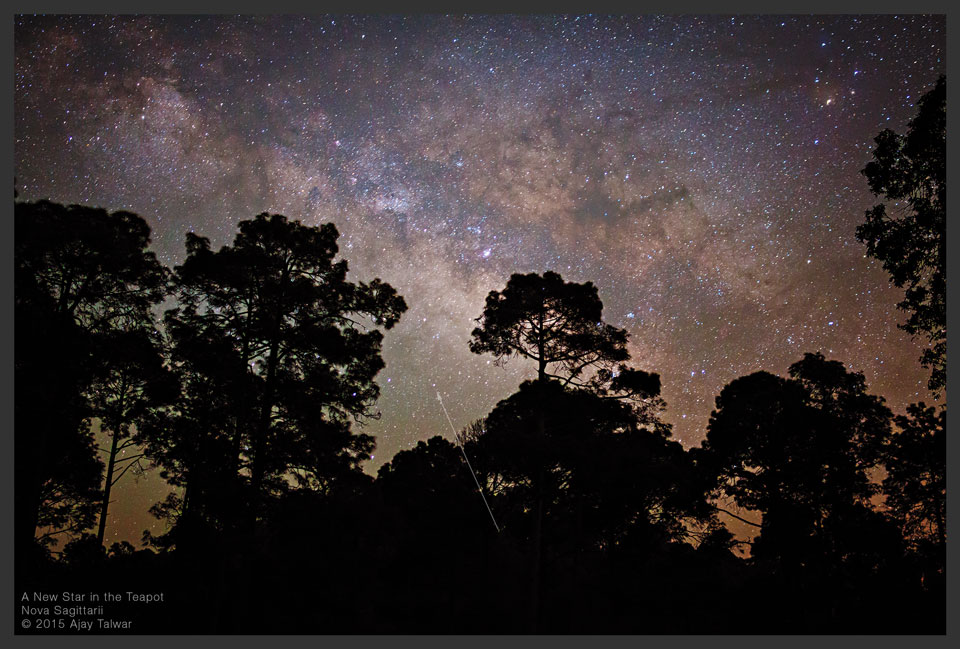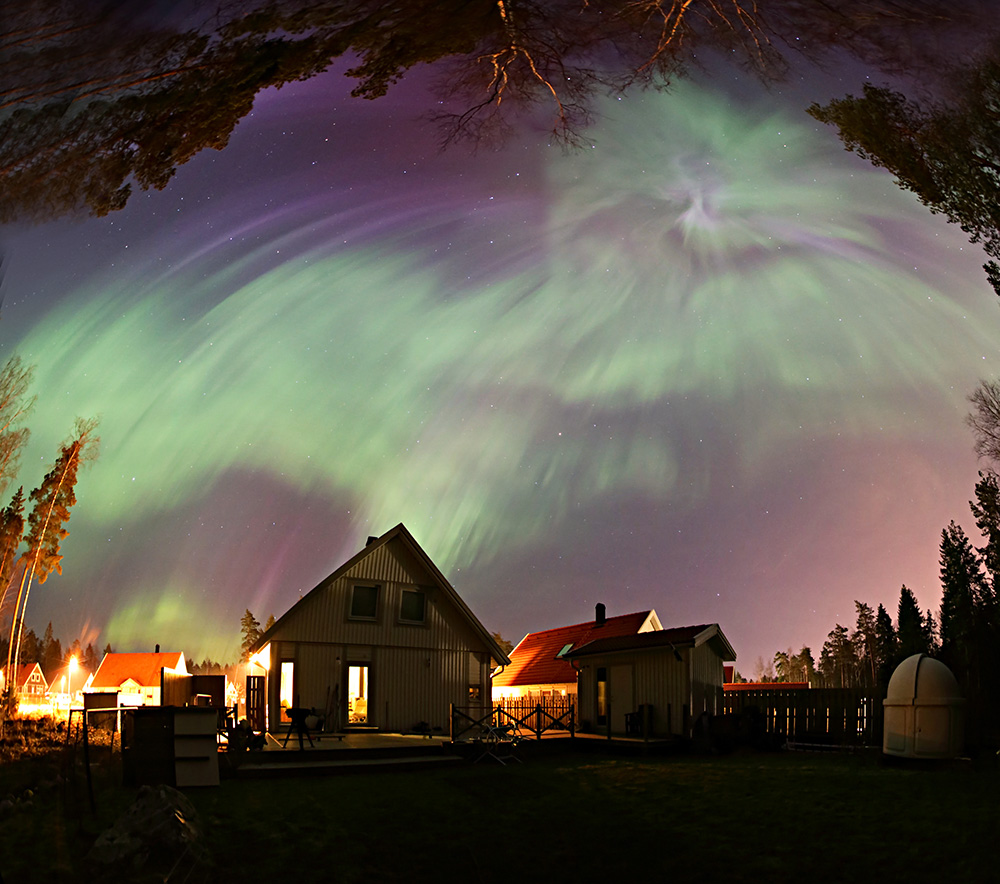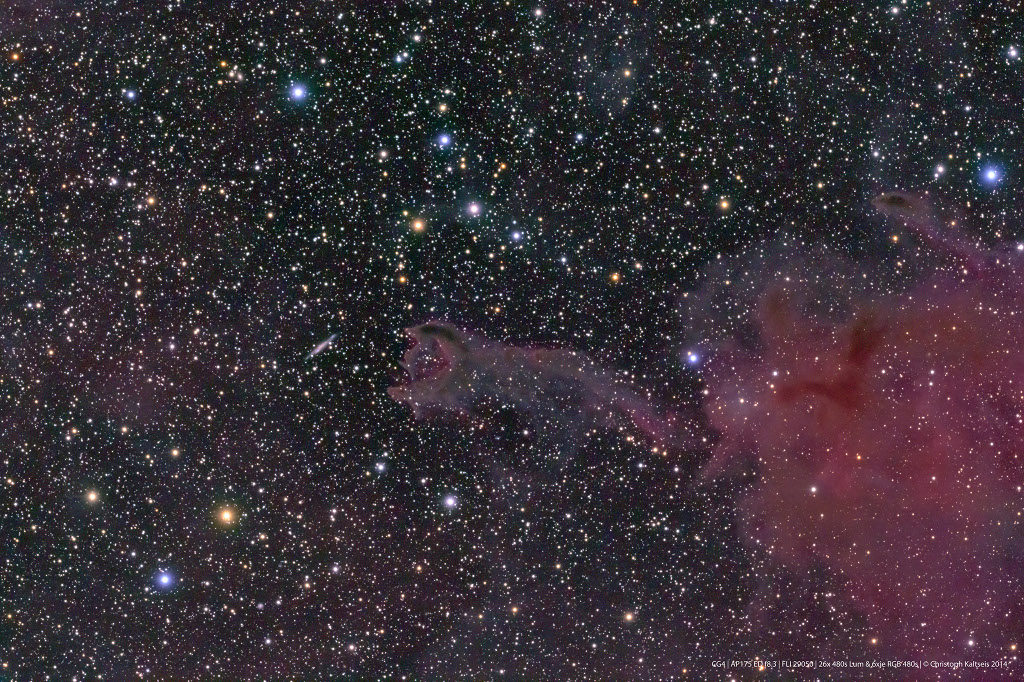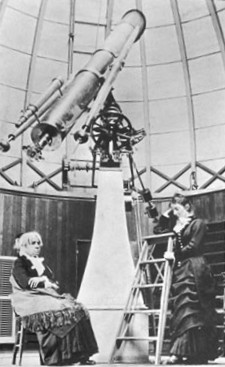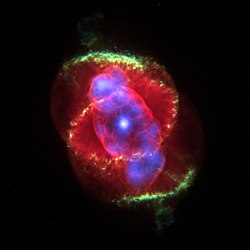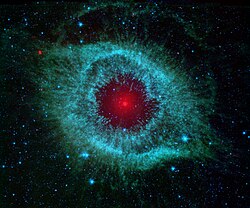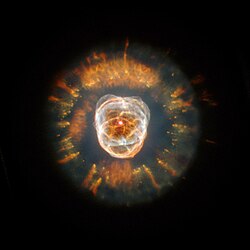Cat's Eye Nebula
-bright planetary nebula
-found in constellation Draco
-magnitude of 8.1
-3000 light years from earth
-diameter of about 1000 light years
Helix Nebula
-Aquarius
-700 light years from earth
-"the eye of the god"
-diameter is undetermined
Eskimo Nebula
-aka clownface nebula/caldwell 39
-bipolar
-double shell
-2870 light years away
-Gemini
-radius of .34 light years
Necklace Nebula
-2 light years diameter
-15,000 light years from earth
-Sagitta
Ring Nebula
-M57
-Lyra
-Formed when a red giant released ionized gas
-2,300 light years from earth
-radius of 1.3 light years
Lemon Slice Nebula
-4500 light years from earth
-camelopardalis
-relatively young and small
-diameter of .4 light years
Dumbbell Nebula
-discovered by charles messier
-vulpecula
-1360 light years from earth
-diameter of 8 arcminutes
-contains knots (central region contains dark patterns)
Butterfly Nebula
-twin jet nebula
-butterfly wings nebula
-discovered in 1947
-2100 light years away
-ophiuchus
-radius of .7 light years
Owl Nebula
-2030 light years away
-ursa major
-M97
-radius .91 light years
-8000 years old
Red Spider Nebula
-near the heart of the milky way
-Sagittarius
-between 3000 and 8000 miles from earth
-unknown radius/diameter
